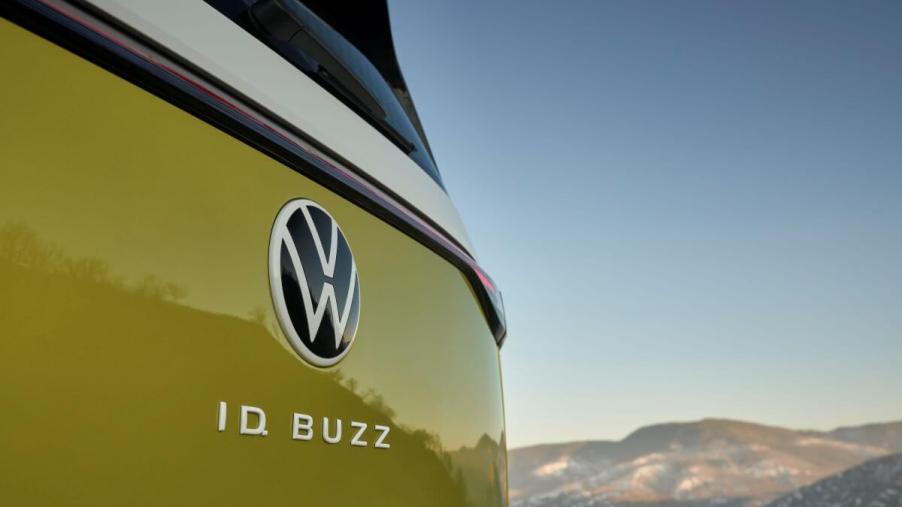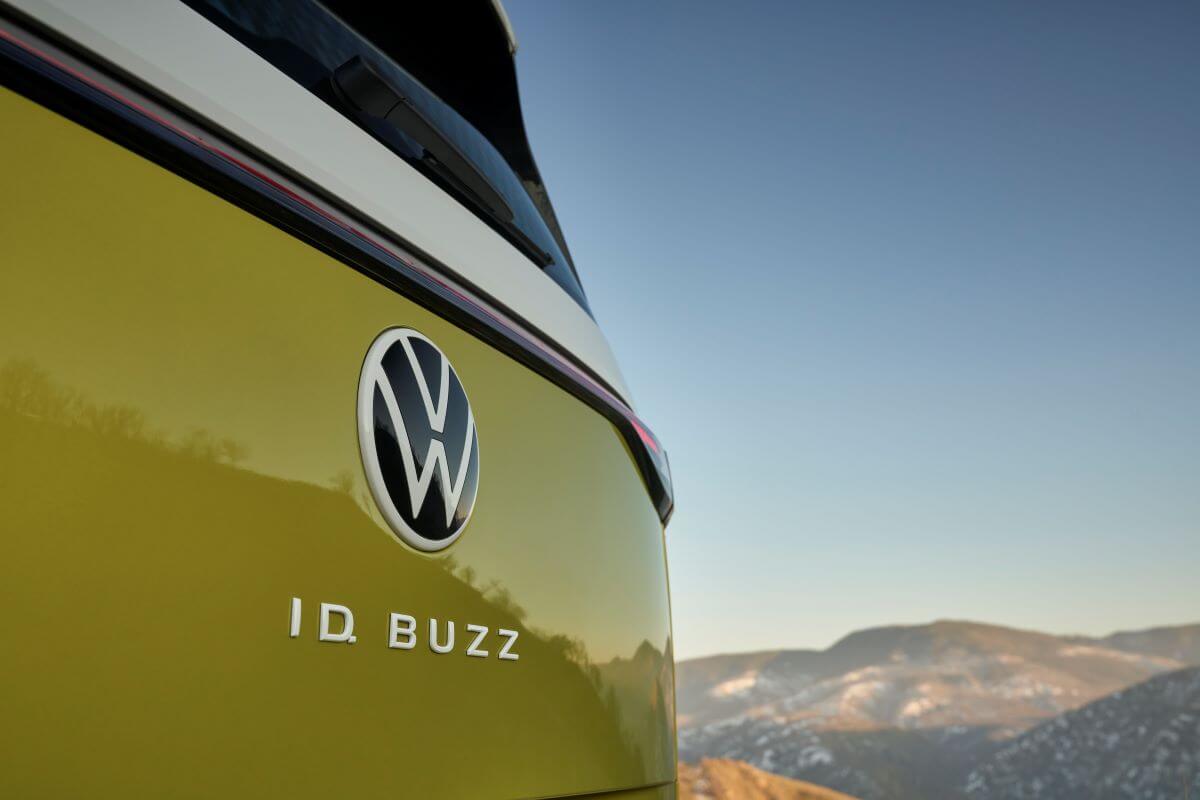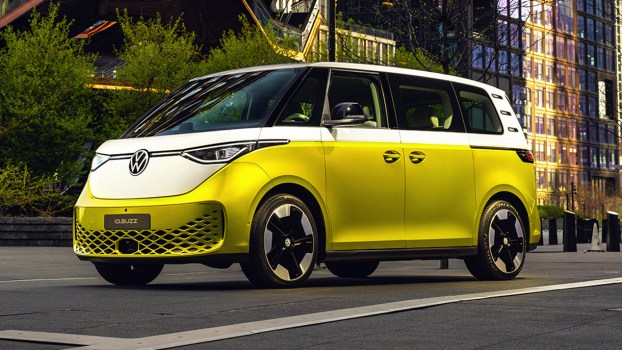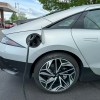
What Do the Letters BUZZ Stand for in the Volkswagen ID. BUZZ?
There is a lot of buzz going on in the automotive industry regarding the reinvention of the infamous Volkswagen (VW) Microbus. The highly-anticipated release of the all-electric variant is scheduled for later this year, with North American sales expected to begin in 2024.
While many consumers are wondering about the performance capabilities of the new Volkswagen ID. Buzz, you may be curious about the meaning behind the name and what the letters BUZZ stand for.
A brief history of the iconic VW microbus
First introduced to the U.S. market in 1950, the VW Microbus became the calling card for hippies protesting war and promoting free love. The first generation model only pumped 25 horsepower with a top speed of 55 mph but carried countless fun-loving passengers to 1960s music festivals such as Woodstock and beyond.
According to AutoTrends, it took 18 years for the second generation of the Volkswagen Microbus to evolve. It featured a 1.6-liter four-cylinder engine paired with a three-speed automatic or four-speed manual transmission that generated a mere 47 hp.
In the early 1970s, the vehicle left the U.S. market but continued being sold in other countries, with plants located in Argentina, Australia, Brazil, Germany, and Mexico. In 1980, the third-generation microbus returned briefly to the U.S., carrying the Vanagon name. By 2009, the Brazilian plant was the only factory left open, and in 2013 all production of the iconic microbus ended.
What does BUZZ stand for?

The iconic VW bus is back and better than ever, with an all-electric variant that promises to impress fans of eco-friendly vehicles and hippies searching for a bit of nostalgia. According to Dezeen, the head of design for the German automaker claims, “With the ID Buzz, we’re transferring its DNA into the age of electromobility. It’s conveying the icon’s genes and design elements into the digital age.”
As far as the name goes, Volkswagen says “the ID. abbreviation stands for intelligent design, identity, and visionary technologies.” Moving forward, future all-electric vehicles in the brand’s product lineup will carry the ID name.
Calling it “VW’s reborn hippie bus for the Tesla generation,” Top Gear says, “The new all-electric sliding door van’s zany name is actually a bit of a pun – in Germany these things are known as ‘bus,’ so add in the hum of an electric motor, and Franz is your Onkel. The silly name is just one of the touches that aims to give this car what EVs sorely lack. Character. Personality. Soul.”
When will the Volkswagen ID. Buzz be available in the U.S.?
The Volkswagen ID. Buzz concept car debuted at the North American International Auto Show in 2017. Five years and four concept designs later, the production vehicle was revealed. In June 2022, production of the ID. Buzz and ID. Buzz Cargo van began at the Volkswagen Commercial Vehicles headquarters in Hanover, Germany. Deliveries started at the end of 2022, strictly for the European market.
The electric bus is currently only available to order in Europe, featuring a rear-mounted 150 kW electric motor and 77 kWh battery that can charge from 5 to 80% in under 30 minutes at a quick charge station. It has an estimated driving range between 250 and 264 miles. The ID. Buzz Cargo Van model is not yet available.
The North American market can expect to see a long-wheelbase version of the Volkswagen ID. Buzz revealed later this year, with long-awaited sales anticipated to begin in early 2024.



